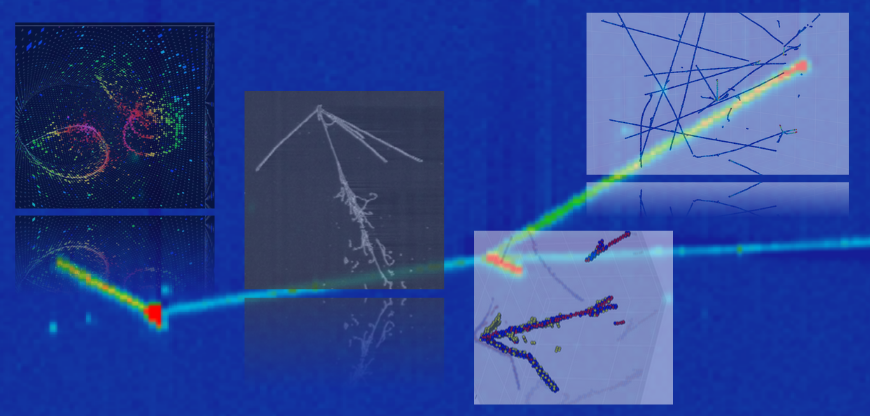Speaker
Description
"Particle imaging detectors have been central to particle physics for more than a century, providing an unrivaled level of detail that has enabled numerous discoveries. Liquid argon time projection chambers (LArTPCs), a dense and scalable realization of this detection paradigm, constitute the core technology of the Deep Underground Neutrino Experiment (DUNE). Automating the reconstruction of particle interactions in LArTPCs has remained a major challenge; without reliable solutions, the physics program of DUNE could be significantly compromised.
Recent advances in machine learning (ML), particularly in computer vision, offer a path forward. We present the Scalable Particle Imaging with Neural Embeddings (SPINE) framework: a machine-learning–based reconstruction chain for particle imaging detectors. SPINE employs a multi-task neural network cascade that integrates voxel-level feature extraction via sparse convolutional neural networks with particle superstructure construction via graph neural networks. This approach enables detailed characterization of neutrino interactions and is currently deployed in three experiments for state-of-the-art physics inference.
The DUNE near detector will operate under unprecedented conditions, including pile-up of O(100) neutrino interactions in a O(100) ton detector and the highest neutrino energies yet encountered in a long-baseline experiment. We report on the first application of SPINE to this environment and provide a detailed evaluation of its performance. Prospects for further development, including extensions targeting hadronic shower energy reconstruction and particle-flow reconstruction, are also discussed."

